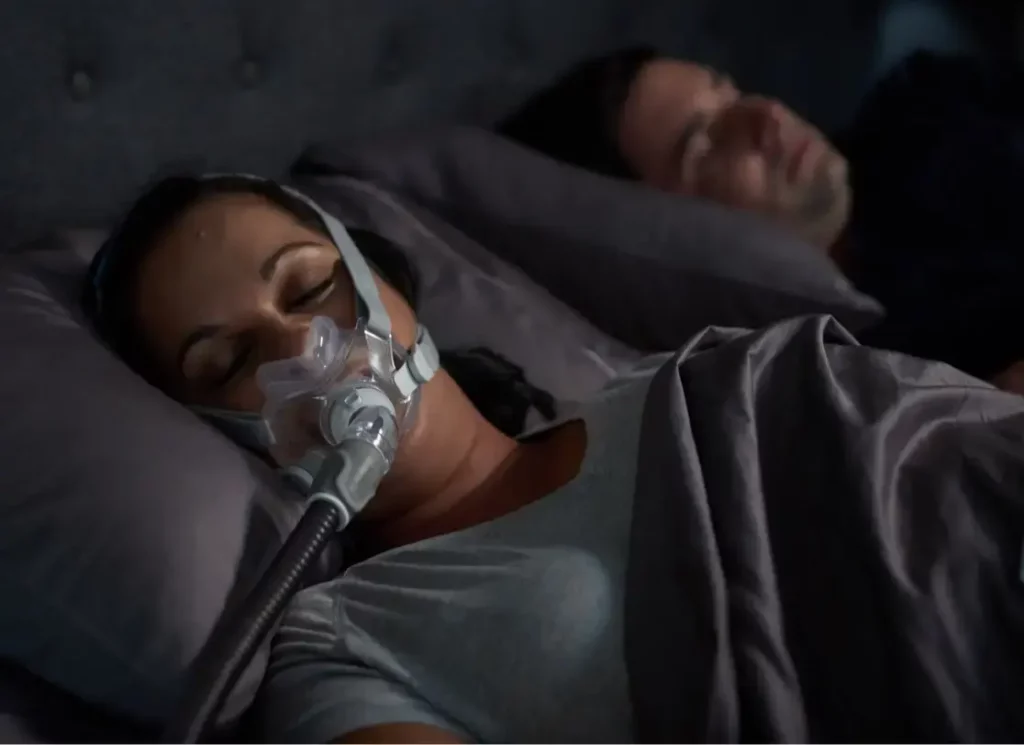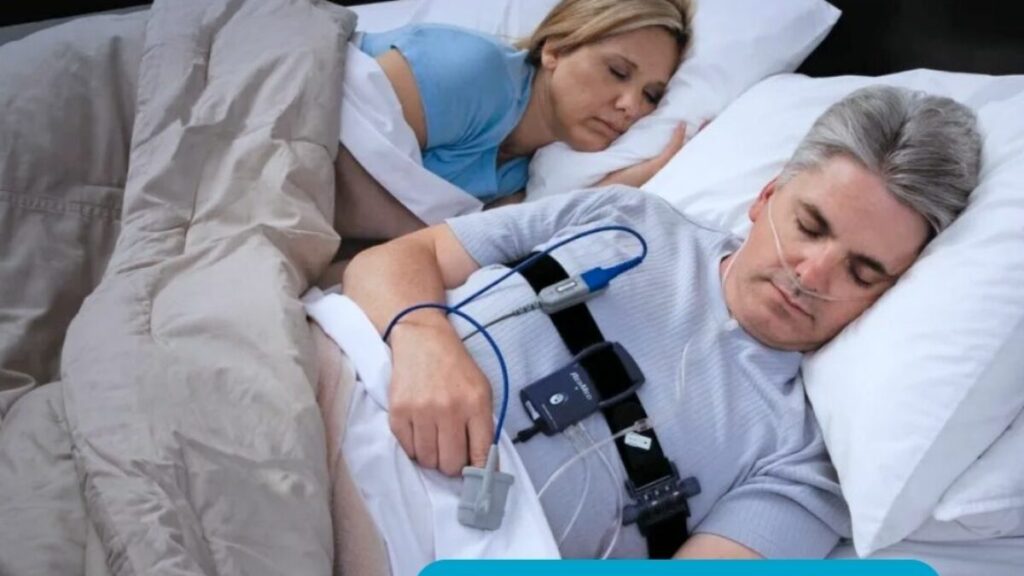Sleep disorders affect millions of Australians, often leading to significant health issues and diminished quality of life. For those struggling with sleep-related problems, a sleep test can provide crucial insights and pave the way for effective treatment. This article aims to guide readers through the process of finding the right sleep clinic in Australia, ensuring a thorough understanding of what to expect and how to choose the best option for individual needs.
Understanding Sleep Disorders
Sleep disorders encompass a wide range of conditions that disrupt normal sleep patterns. Common issues include insomnia, sleep apnoea, restless leg syndrome, and narcolepsy. Each of these conditions can severely impact daily functioning, leading to fatigue, mood disturbances, and even chronic health problems such as cardiovascular disease and diabetes. The prevalence of sleep disorders is alarming, with studies suggesting that nearly a third of the population may experience some form of sleep disruption at various points in their lives. This highlights the importance of awareness and education regarding sleep health, as many individuals may not recognise the signs or may dismiss them as mere inconveniences.
Sleep disorders can have a profound impact on health and quality of life, making it essential to seek appropriate help. By understanding the types of sleep tests Australia available, the process of finding the right clinic, and what to expect during testing, individuals can take proactive steps towards better sleep health. With the right support and treatment, it is possible to overcome sleep challenges and enjoy the restorative benefits of a good night’s sleep.

Common Symptoms
Identifying the symptoms of sleep disorders is the first step towards seeking appropriate help. Individuals may experience excessive daytime sleepiness, loud snoring, difficulty falling or staying asleep, and frequent awakenings during the night. These symptoms can vary in severity and may be accompanied by other health issues, making it essential to consult a healthcare professional for an accurate diagnosis. Furthermore, the impact of these symptoms can extend beyond the individual, affecting relationships, work performance, and overall quality of life. For instance, partners of those who snore may also suffer from disrupted sleep, leading to a cycle of fatigue that can strain relationships. Recognising these interconnected effects is vital for fostering a supportive environment for those struggling with sleep disorders.
Learn more on: Benefits of Home Sleep Test Australia for Better Sleep
Importance of Diagnosis
Accurate diagnosis is crucial for effective treatment. A sleep test, often conducted in a specialised clinic, can help determine the underlying cause of sleep disturbances. This process typically involves monitoring various physiological parameters during sleep, including brain activity, heart rate, and oxygen levels. The results can guide healthcare providers in recommending appropriate interventions, which may range from lifestyle changes to medical treatments. Additionally, understanding the specific type of sleep disorder can empower patients to take an active role in their treatment. For example, those diagnosed with insomnia may benefit from cognitive behavioural therapy, while individuals with sleep apnoea might require the use of a CPAP machine to maintain open airways during sleep. This tailored approach not only addresses the symptoms but also educates patients on the importance of sleep hygiene and the potential long-term benefits of prioritising sleep health.
Types of Sleep Tests
There are several types of sleep tests available, each designed to assess specific sleep disorders. Understanding the differences can help individuals make informed decisions about which test is most suitable for their needs.
Polysomnography
Polysomnography is the most comprehensive sleep study, usually conducted in a sleep clinic. This overnight test records brain waves, oxygen levels, heart rate, and breathing patterns, providing a detailed overview of sleep stages and any disruptions. It is particularly effective for diagnosing sleep apnoea, periodic limb movement disorder, and other complex sleep issues. Learn more about disruptions at https://researchoutreach.org/articles/disruptive-change-contemporary-medical-education-unintended-consequences-risks/
Home Sleep Apnoea Testing
For individuals suspected of having sleep apnoea, a home sleep apnoea test (HSAT) may be recommended. This test is less invasive and can be conducted in the comfort of one’s home. It typically involves wearing a portable device that monitors breathing patterns and oxygen levels during sleep. While HSATs are convenient, they may not capture the full range of sleep disturbances compared to polysomnography.

Actigraphy
Actigraphy involves wearing a wrist device that tracks movement patterns over a period of time, usually a week or more. This method is particularly useful for assessing sleep-wake cycles and can help identify issues related to insomnia or circadian rhythm disorders. Actigraphy is often used in conjunction with other tests to provide a more comprehensive view of an individual’s sleep patterns.
Finding the Right Sleep Clinic
Choosing the right sleep clinic is a critical step in addressing sleep disorders. With numerous options available across Australia, individuals should consider several factors to ensure they receive the best possible care.
Accreditation and Credentials
When searching for a sleep clinic, it is essential to check for accreditation from relevant professional bodies, such as the Australian Sleep Association (ASA). Accreditation ensures that the clinic adheres to established standards of care and employs qualified healthcare professionals. Additionally, reviewing the credentials of the medical staff, including sleep specialists and technicians, can provide reassurance regarding the quality of care.
Location and Accessibility
Accessibility is another important factor when selecting a sleep clinic. Consideration should be given to the clinic’s location, especially if an overnight stay is required for polysomnography. Clinics that are easily reachable can reduce the stress of travel and make the overall experience more manageable. Additionally, some clinics may offer telehealth consultations, providing further convenience for patients.
Patient Reviews and Recommendations
Reading patient reviews and seeking recommendations from healthcare providers can offer valuable insights into the quality of care provided by a clinic. Online platforms and social media can be useful resources for gathering feedback from individuals who have undergone sleep testing at specific clinics. Positive testimonials can indicate a higher likelihood of receiving effective and compassionate care. Click here to find more about quality.
The Sleep Testing Process
Understanding the sleep testing process can help alleviate any anxieties associated with the procedure. While the specifics may vary depending on the type of test and clinic, there are common elements that most individuals can expect.
Initial Consultation
The process typically begins with an initial consultation, during which a healthcare provider will discuss symptoms, medical history, and any relevant lifestyle factors. This consultation may involve a physical examination and the completion of questionnaires related to sleep patterns and habits. Based on this information, the provider will recommend the most appropriate sleep test.
Preparation for the Test
Preparation for a sleep test may vary depending on the type of test being conducted. For polysomnography, patients are usually advised to avoid caffeine and alcohol on the day of the test and to maintain their regular sleep schedule. Home sleep apnoea tests may require specific instructions regarding device usage and preparation. Following these guidelines can help ensure accurate results.
During the Test
During polysomnography, patients will spend the night in a comfortable sleep lab, where they will be monitored by trained technicians. Electrodes will be placed on the scalp, face, and body to record various physiological parameters. Patients are encouraged to sleep as they normally would, and the environment is designed to be as relaxing as possible. Home sleep apnoea tests involve wearing a portable device while sleeping, allowing individuals to remain in their own environment.
Interpreting Results and Next Steps
After the sleep test, the results will be analysed by a sleep specialist, who will provide a detailed report outlining the findings. Understanding these results is crucial for developing an effective treatment plan.
Understanding the Findings
The report will typically include information on sleep architecture, the presence of any sleep disorders, and recommendations for further action. For instance, if sleep apnoea is diagnosed, the specialist may suggest lifestyle changes, continuous positive airway pressure (CPAP) therapy, or other interventions. It is important for patients to discuss the results with their healthcare provider to fully understand the implications and options available.
Developing a Treatment Plan
Based on the findings, a personalised treatment plan can be developed. This plan may include behavioural therapies, lifestyle modifications, or medical interventions. For example, individuals with insomnia may benefit from cognitive behavioural therapy for insomnia (CBT-I), while those with sleep apnoea may require CPAP therapy or dental devices. Regular follow-up appointments can help monitor progress and make necessary adjustments to the treatment plan.
Maintaining Sleep Health
In addition to specific treatments, maintaining overall sleep health is vital for long-term well-being. Individuals are encouraged to adopt good sleep hygiene practices, such as establishing a regular sleep schedule, creating a comfortable sleep environment, and avoiding stimulants before bedtime. These habits can significantly enhance sleep quality and overall health.
Conclusion
For those experiencing sleep difficulties, the journey towards better sleep begins with a single step: reaching out to a qualified healthcare professional. With the right guidance, individuals can find the appropriate clinic and receive the care they need to reclaim their nights and enhance their overall well-being.

